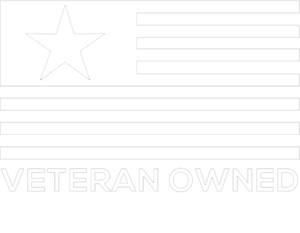The final sale price of a business is influenced by a variety of factors, including revenues, business category, location, cash flow multiples, and asking price. Many describe business valuation as an Art and a Science. At Valhalla Business Brokers, we also consider many additional factors which add to the value of a business.
When we are asked how to value a small business, or often, “How much can I sell my business for?” we begin by asking for a few documents to get us started. We ask business owners to provide their Profit and Loss (P&L) statements for the past three full years and the current year, as well. With corresponding Balance Sheets, we derive what we refer to as EBIDTA – Earnings before Interest, Depreciation, Taxes, and Amortization. This figure can possibly include the owner’s salary and numerous personal expenses which is a part of the owner’s cash flow and is typically an “add-back.”
An accurate EBITDA allows us to compare your company to other companies across a broad spectrum but on a similar scale. With many differences in each organization along with the differences in industries, we try to achieve uniformity in deriving net profit or EBITDA for comparison purposes. EBIDTA is commonly used with small to medium enterprises (SMEs) as a starting point to find the “right” listing price. It is also an indicator of how a business handles its operations from a financial standpoint.
“Owner add-backs” is the term for owner expenses which are part of the P&L statement which brokers add to the owner’s cash flow. Unfortunately for some owners, lenders will often negate these add-backs because they believe new owners will have the same costs in running the business. This is an example of how important it is to get your P&L cleaned up and ready for you to sell your company. Examples of this include the owner’s car used in the business and business trips where the owner’s family travels to and from with the business owner.
Leisure activities such as hunting or fishing are considered an “add-back,” including salaries of family members on the payroll even if they are in non-essential or less-essential positions. As brokers, we will use these expenses to show prospective buyers what the business owner is spending outside of the business that is part of the discretionary earnings. EBIDTA is not a definitive indicator of a price-point, but it is certainly near the ballpark of the eventual valuation of a business.
There are many ways to value a business. Professional valuation experts use Multiples of EBITDA, and/or Discretionary Earnings, Discounted Cash Flow, Comparative Transactions, Capitalized Excess Earnings. All these methods also take into consideration the value of the real estate and most important input from the owner. The art of a valuation lies in the ability to apply these tools in the most effective manner, utilizing professional judgment. This type of insight is gained over years of experience selling many different types of companies and managing multiple types of transactions.
Most important when considering how to value a small business is to develop a deep understanding of the business and the primary stakeholders’ requirements and expectations. We genuinely want to be able to get the owner of a business what he wants but we also have a strong understanding of the market will pay. It’s a waste of everyone’s time to overprice a business and it’s a waste of the seller’s money to underprice a business. Our goal is to find the strike zone where we will get the most buyer interest and meet all the financing requirements from most banking institutions.
GET ACCESS TO
12
Seller Tips
and Techniques
Why Us?
20+



